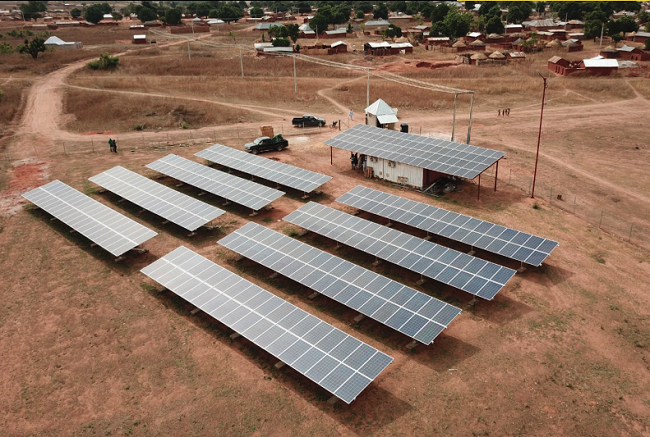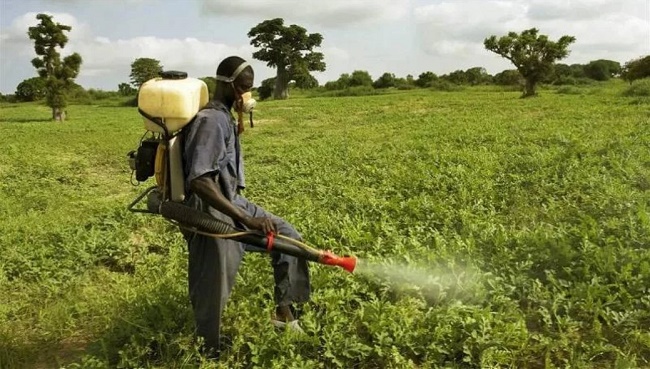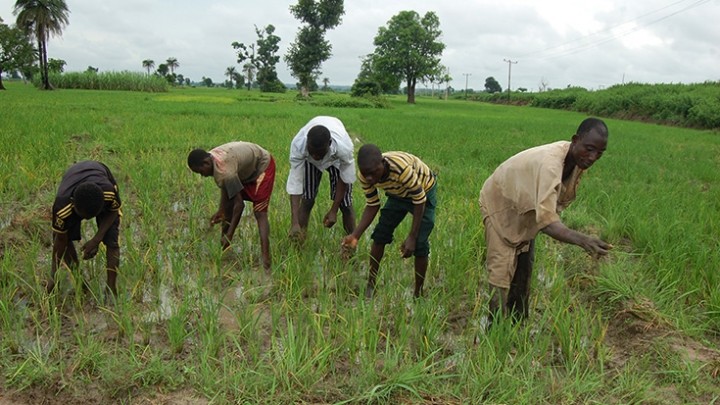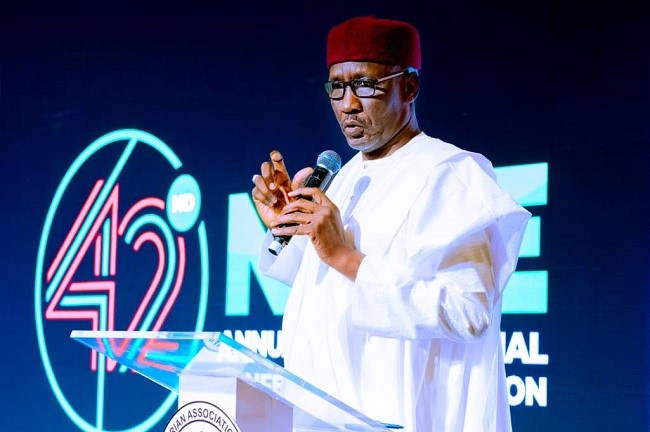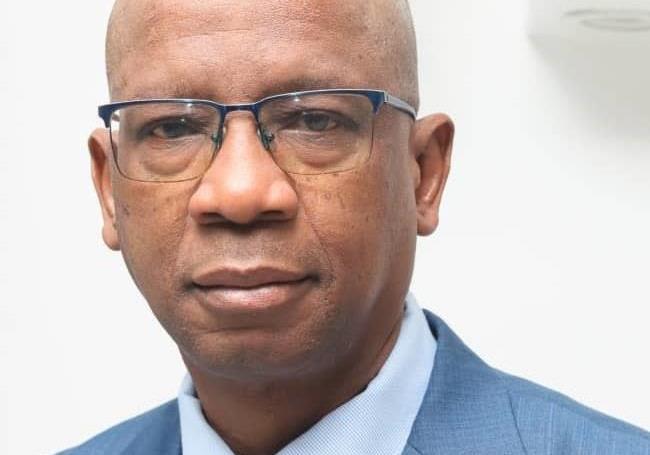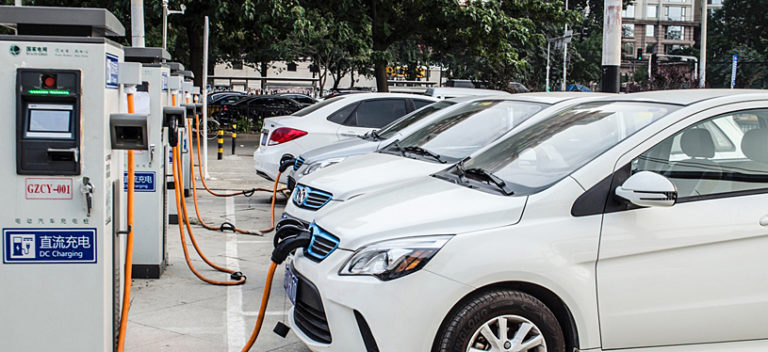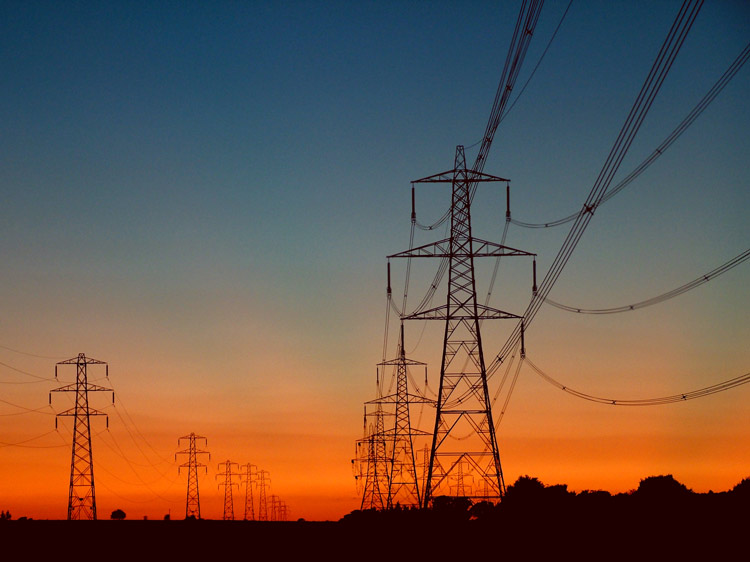What would happen if we suddenly realised that the planet we live on appeared eerily alien, as if we’d been teleported to some other distant world? That frightening prospect is now.
Our planetary hydrosphere, which animates all life on Earth, is rebelling in the wake of a global warming climate, unleashing blockbuster winter snows, biblical spring floods, devastating summer droughts, heatwaves and wildfires and deadly autumn hurricanes, wreaking havoc on ecosystems, infrastructure, and society. While fossil fuels lit the fuse, it’s the hydrosphere that’s ringing the death knell.

In Planet Aqua, Jeremy Rifkin argues that we have misjudged the very nature of our existence and to what we owe our lifeline. We have long believed that we live on a land planet when in reality we live on a water planet, and now the Earth’s hydrosphere is taking us into a mass extinction as it searches for a new normal.
Rifkin asks us to imagine the incredible hubris of believing that our species could sequester, pacify, propertise, commodify, and hold dominion over all the waters of the planet for our exclusive utilitarian uses. Yet, that’s exactly what we set out to do six thousand years ago with the rise of urban hydraulic civilisations around the world. And now we find ourselves trapped in a massive commercial juggernaut of hydropower superdams, artificial lakes, reservoirs, and ubiquitous water infrastructure that’s collapsing in the throes of a rewilding hydrosphere.
The great reset, says Rifkin, is rethinking the waters as a “life source” rather than a “resource” and learning how to adapt to the hydrosphere rather than adapting the hydrosphere to us.
Reactions have trailed Rifkin’s publication and its essence.
Paul Polman, former CEO of Unilever and past President of the International Chamber of Commerce, said: “Forget the idea that we live on a land planet. After reading Rifkin’s eye-opening account of our Planet Aqua, a water planet, you will never look at the Earth in the same way again. It’s a much- needed new dimension of the climate conversation, and a smart read for business leaders navigating our changing world.”
Jane Goodall, PhD, DBE, Founder of the Jane Goodall Institute & UN Messenger of Peace, said: “Planet Aqua will shock most people. Jeremy Rifkin points out that instead of living on a land planet we actually live on a water planet – fresh, salt, and frozen – and this changes all of our long-held beliefs.
“Now, climate change is rapidly disrupting the hydrosphere, taking us into a foreboding future of floods, droughts, heatwaves, wildfires, and hurricanes, pushing many species to extinction, including our own. Rifkin’s Planet Aqua gives us an entirely new story about our home in the universe that hopefully will change the way we think, act, and thrive alongside our fellow creatures on a water planet.”
Sir Richard Branson, Founder of The Virgin Group, said: “With Planet Aqua, Jeremy Rifkin presents a thought-provoking and absorbing vision of humanity’s future that centers on water as the “the animating source of life”. It’s a compelling and persuasive read that redefines our relationship with the Earth’s most complex and vital sphere.”
Johan Rockström, Director of the Potsdam Institute for Climate Impact Research, said: “Rifkin’s prescient Planet Aqua is a beck and call to humanity like God’s instruction to Noah in the face of the catastrophic deluge in the book of Genesis. He reminds us that the future of the planetary hydrosphere will determine our own fate and the fate of our fellow creatures – a prophetic message that we need to absorb, reflect, and act on.”


